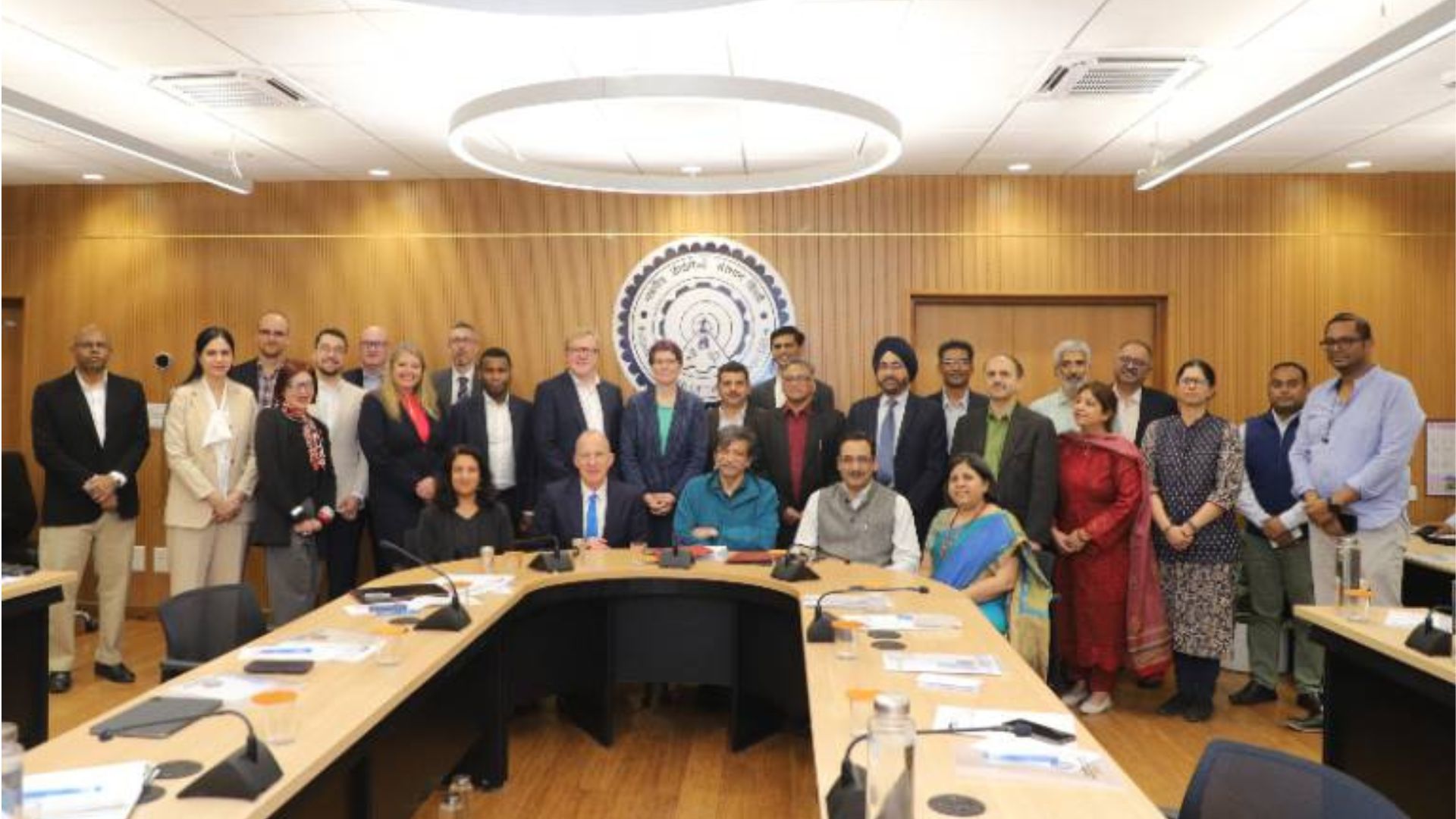
In an ever-evolving digital landscape, New-age technologies are being leveraged to enhance the healthcare systems, particularly in primary healthcare. Several countries, including India, have embarked on developing a comprehensive national digital framework to establish an extensive digital health eco-system. Times have evolved, and so have the patient’s priorities when it comes to personal well-being. Gone are the days when we waited for injuries to happen before seeking a cure. Today, prevention takes center stage as a crucial aspect of our lives. In this ever-changing world, we must embrace change and recognize that proactive measures are the foundation of a healthier and happier life. As part of this transformative journey, healthcare organizations are embracing advanced technologies to improve healthcare deliveries and address existing industry challenges. New-age health technologies encompass Telemedicine, personalized medicine, the integration of Artificial Intelligence in treatment, remote monitoring, and more.
Shifts within the digital landscape
In the digital landscape’s shifting dynamics, Telemedicine facilitates the remote delivery of healthcare services, including consultations, diagnosis, and treatment, leveraging telecommunications technology. This approach enables patients to access medical expertise without geographical constraints. Doctors now utilize video conferencing, phone calls, email, and secure messaging via smart devices to interact with patients. This transformation has significantly impacted rural and remote areas, allowing patients to have regular, convenient, and cost-effective interactions with healthcare providers, especially notable since the COVID-19 pandemic addressed the healthcare divide in India’s rural areas.
Another noteworthy advancement is personalized medicine, aiming to provide customized medical care based on a patient’s genetic makeup. Technology, including genetic testing and sequencing, gathers information on a person’s response to medications, susceptibility to diseases, and overall health. This information forms the basis for individualized treatment plans. The integration of Artificial Intelligence and Machine Learning enhances predictive analytics and early disease detection, as seen in developed countries like the UK, where AI technologies predict patient admissions and allocate resources effectively in the healthcare landscape.
Monitoring health on the go
Monitoring health has become more accessible with the prevalence of wearable healthcare technologies like Fitbits and smartwatches. These devices act as personal companions, monitoring daily steps, tracking sleep patterns, and heart rates. Particularly beneficial for patients with chronic health issues, these devices integrate with smartphone apps, where virtual assistants offer comprehensive insights into health-related data.
Revolutionizing Medical Education
In the dynamic landscape of medical education, the integration of Virtual Healthcare Assistants and Digital Twins is catalyzing a transformative shift. Virtual assistants and chatbots not only aid clinicians and assist patients but are also becoming integral in streamlining healthcare processes, while Digital Twins play a crucial role in personalized medicine and treatment planning.
This technological infusion goes beyond patient care, shaping a progressive approach in medical education. These digital tools provide a dynamic and interactive learning platform for students and healthcare professionals, offering realistic simulations, enhancing understanding of complex medical concepts, and fostering a more immersive training experience. As a result, the integration of Virtual Healthcare Assistants and Digital Twins signifies a revolutionary advancement in medical education, preparing the healthcare workforce for the challenges of the future.
Towards a secure and responsible step into the future
As the digital health landscape evolves, there is a growing trend toward adopting eco-friendly technologies to minimize medical waste and environmental impact. Sterilization technologies and waste-segregation systems address medical waste issues through technology. Collaborative efforts, including cross-border collaboration between healthcare providers and governments, are crucial to genuinely meet people’s needs. The strength of these collaborations, evident during the COVID-19 pandemic, must be balanced with safeguarding sensitive medical information, ensuring patient data confidentiality, and preventing unauthorized access to maintain cybersecurity in digital healthcare platforms. Hence, digital health solutions need to consider socio-economic realities to realize their full potential in delivering accessible, tech-driven, and sustainable healthcare in the future.
The author is the director, Tynor Orthotics.















